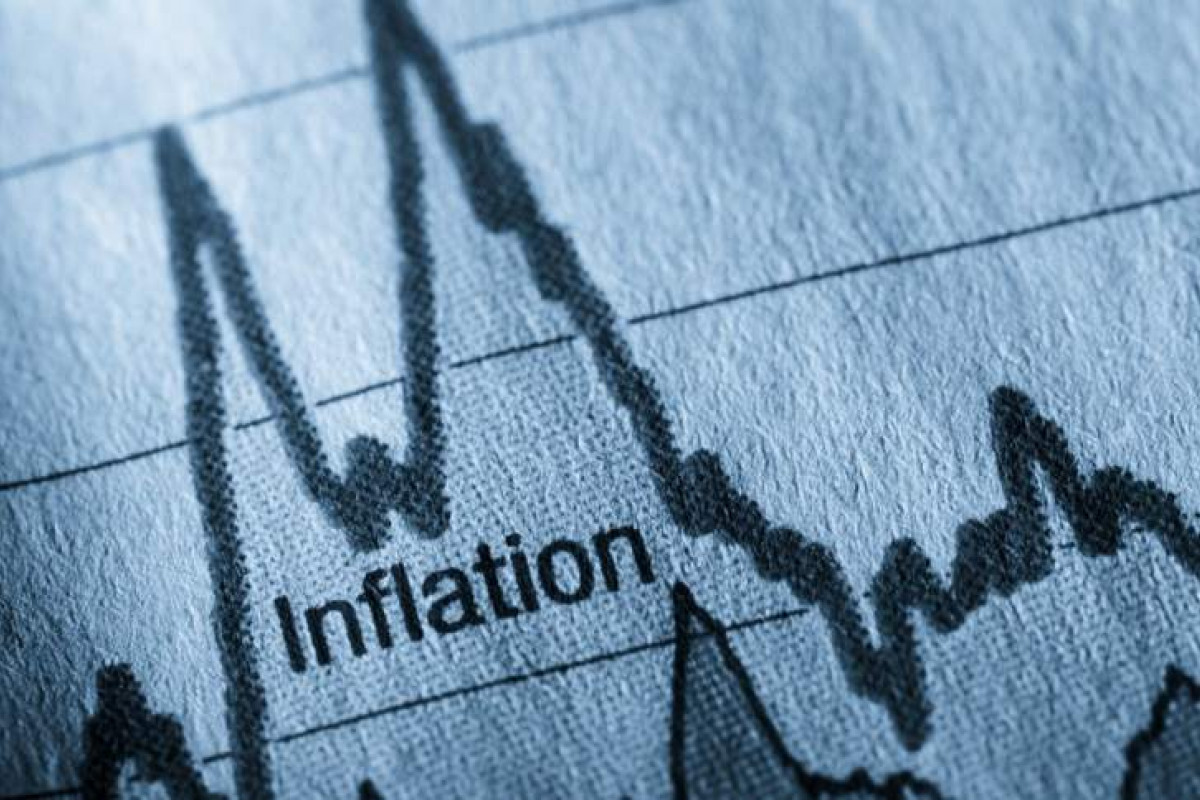Hyperinflation has plagued Zimbabwe`s economy for over a decade, ravaging the country`s currency. The Zimbabwe dollar has plunged this year, losing more than 80% in the last two months alone, and continues to fall. That makes it an unattractive store of value, forcing the central bank to offer other options, like the introduction of gold-backed coins. To stabilize the exchange rate, the government has issued policies that help in the reduction of sky-rocketing inflation and exchange rates.
Surprisingly, since the implementation of these policies rate volatility, a major cause of inflation, is decreasing also the narrow difference between official and black-market rates are signs that rates are stabilizing. There have been positive responses on the market with some policies for example:
Due to the liberalization of the foreign exchange rate claims the market forces of demand and supply now play a greater role in terms of exchange rate determination making the citizen gain greater confidence in the foreign exchange markets and macro-economy in general.
Also, a further increase in the bank policy rates gives a significant advantage in the reduction of inflation which the country has been experiencing.
Also on the fiscal fund policy, the ministry requires that companies pay a significant percentage of their tax obligations in Zim dollars resulting in a significant demand for Zimbabwean dollars for companies to settle their tax obligations.
Due to these recent developments in the market, the Zimbabwe Energy Regulatory Authority (ZERA) hence increased the price of both diesel and blend in both local currency and United States dollars and this is due to the blended prices inflation rates which have been slowly increasing in both foreign and local currency.
The local currency has further firmed to ZWL$ 5,395.9619 from ZWL$ 6,326.5877, this is an indication of the market`s positive response to a series of policy interventions put in place by monetary authorities to mop up excess local currency liquidity.

